If you have read my post, Starting off the Year Right With Responsive Classroom, then you are on your way to establishing class rules with your students, beginning your morning meetings to build a strong classroom community, and modeling ALL routines and procedures in your classroom. Having a classroom of students who clearly know and understand the rules, routines, and expectations from the beginning of the school year guarantees a solid year of teaching, learning, and growth. When students are taught the rules and the expectations and know the consequences, management of student behavior will be smooth sailing.
Here are some ideas about what to teach as far as expected behaviors in the school and classroom. Don’t assume that your incoming students know the expectations in your classroom. Be sure to teach and model each expectation by having discussions with your students about what each expected behavior looks like and sounds like. Create an anchor chart for each expected behavior to display in your classroom.
-
Expected behaviors in the hallway
-
Expected behaviors in the cafeteria
-
Expected behaviors at lunch
-
Expected behavior at recess
-
Expected behaviors in the restroom
-
Expected behaviors when there is a guest teacher
-
Expected behaviors on the bus
-
Expected behaviors on a field trip
-
Expected behaviors during group work
-
Expected behaviors in learning centers
-
Expected behaviors when using class supplies and materials
All students are held accountable for their choices and actions. Logical consequences are a way of responding to misbehavior that is respectful of children and helps them take responsibility for their actions. Unlike punishment, the primary goal of logical consequences is to help children develop inner control by looking closely at their own behavior and learning from their mistakes. Logical consequences are related, respectful, and reasonable. Making reparations gives children the opportunity to face and fix their mistakes.
Three Types of Logical Consequences
1. “You Break, You Fix It”
This consequence teaches children that they are responsible for “fixing” the problem they caused, whether accidentally or intentionally.
Examples:
-
If a child breaks another child’s pencil, the child who broke the pencil gives the child their pencil.
-
If a child calls another child a name, the child will make a list of nice things about the person.
-
If a child snaps or yells at another child, the child will do something nice to make them smile.
Apology of Action
Sometimes saying “I am sorry” doesn’t always solve a problem or fix a child’s hurt feelings. If a child calls another child a name, the teacher might suggest to the child who called the name to draw a happy picture for the other, make a list of nice things about that person or include them in a friendly game to make up for the name-calling and hurt feelings. This makes the child responsible for their actions as well as fixing their behavior.
2. Loss of Privilege
When the child’s behavior is unexpected or shows defiance or testing of the school or class rules, the consequence is a loss of privilege.
Examples:
-
If a child is using class supplies unsafely or in an inappropriate manner, the child loses the privilege of using class supplies for that time period.
-
If a child is uncooperative or is disruptive during group work, the child loses the privilege of working in the group that day.
-
If a child is not doing their classroom job, the child loses the privilege of having that class job.
3. Positive Time Out
It is natural that students will break the rules, some students more often than others. All children will make mistakes and it’s our job as teachers to not punish children for making mistakes but guide them toward learning from their mistakes and trying again.
Whenever a child breaks a rule or makes a mistake, the child goes to positive time out. Positive Time Out is a non-punitive approach for children to manage their behavior and regain control even when the smallest disturbances occur before it escalates. Set aside a chair in your classroom with a clear, labeled sign. Positive Time Out has been named many things, The Take a Break chair, The Chill Chair, Peace Out Chair, Think Chair, etc. The class could also name this as well. Put the chair in a location where the student is visible and still somewhat part of the group. I always put my “Take a Break Chair” on the outskirts of my morning meeting carpet. Some teachers choose to have more than one “chair” in their classroom.
The student uses the “Take a Break” chair to think about and reflect upon their choices or actions and how they can “fix it”. When they are ready, they raise their hand or give a thumbs up, to let the teacher know they are ready and are welcomed back to rejoin the group. Later, the teacher may speak with the child about making good choices and following the classroom rules. This follow-up conversation is important for addressing behaviors to make sure the child understands why they needed to “take a break.”
A student may need to take a break when:
-
They are not paying attention.
-
They are not participating.
-
They are playing.
-
They are speaking when others are speaking.
-
They are not taking care of themselves or others.
-
They are not following directions.
-
They are distracting others.
-
They have lost their self-control.
Model what the students should do while in the Take a Break Chair. The student should be thinking about why they are in the chair, brainstorm ways to fix it and rejoin the group. When the student shows they are ready to rejoin the group then they may return. Check out this article for learning more about Responsive Classroom’s Positive Time Out here and get a FREE modeling script for Positive Time Out here. I’ve also created modeling scripts for just about everything you need, morning routine, dismissal, walking and lining up, logical consequences, and more. You could check out my Modeling Scripts Bundle here.
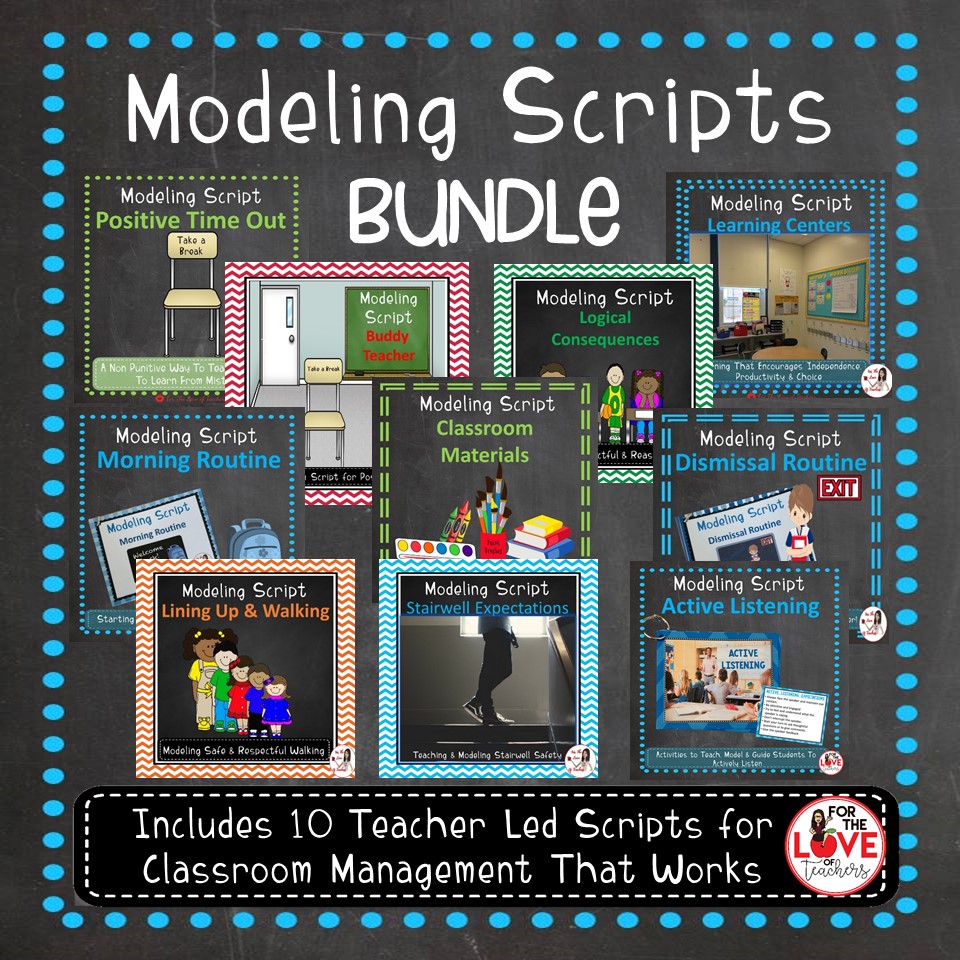
Wait there’s more… What if Positive Time Out Doesn’t Work?
For some students, you may feel that taking a break is not effective or is not “working” for a particular student. If a child continues to be disruptive, cannot regain control, or fix the behavior in the “Take a Break” chair, they are sent to a buddy teacher (another nearby classroom teacher). A child from your class would notify the buddy teacher that they need to come to remove the child. The buddy teacher removes the student from your classroom to sit in their “Take a Break” chair, by simply saying, “Come with me please.” Sometimes it helps to remove a student from the situation or setting to cool down before rejoining the group. When the child is ready, regaining self-control, and is ready to rejoin in their classroom, the buddy teacher will escort the child back to the classroom. Read this article to answer questions you may have about buddy teachers and the benefits here.
And what if buddy teacher doesn’t work?
Now, what!?
When a child disrupts the buddy teacher’s class and cannot regain control, then an administrator should be called, especially if there is an issue of safety and interference of learning for others. An administrator will escort the child to the office to discuss the issue and the child’s parents will be called. A conference will be held with all parties: administrator, teacher, parents, and student. This step works best when the Responsive Classroom approach is adopted school-wide.
Putting the time and effort into managing student behavior with the Responsive Classroom approach is meaningful and worth your time. It is truly a way of managing your classroom by significantly reducing student behaviors and interruptions. That means that there is more time for teaching and learning! It’s a win-win!
What strategies do you use to manage student behavior? Share them so we could learn from each other.
Follow me to be notified when new resources are uploaded to the Shop and join the email list to receive the latest and greatest updates, posts, and some awesome freebies!!
If you like it, then pin it!
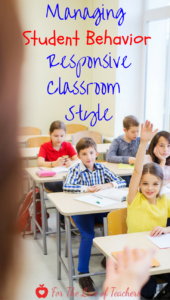


Christine Weis is a passionate educator, classroom management coach, wife, and mom of two busy boys. She enjoys teaching, writing, and creating resources for teachers.
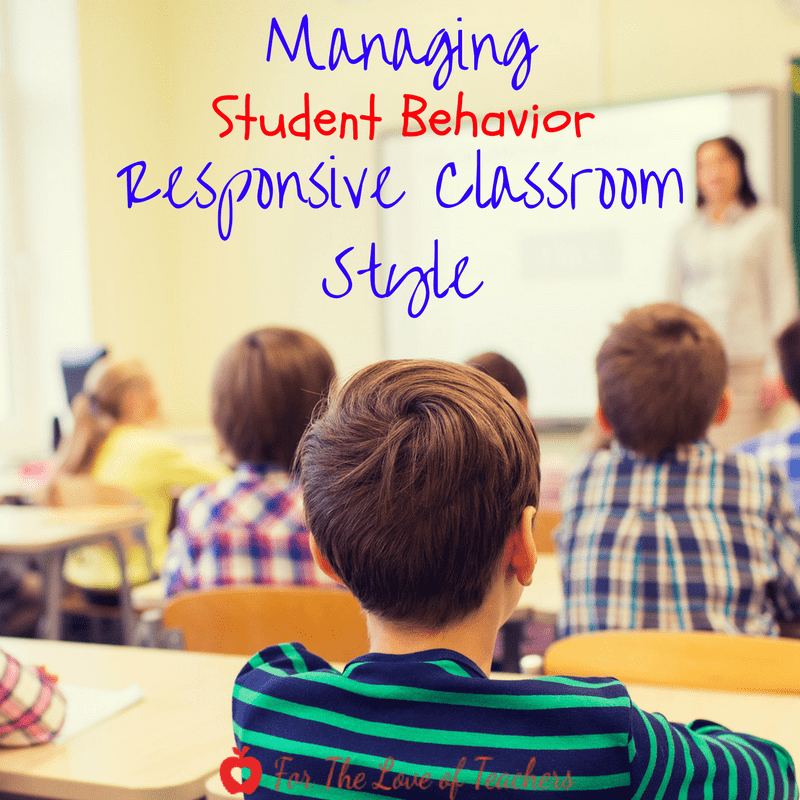
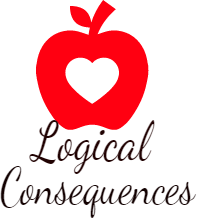
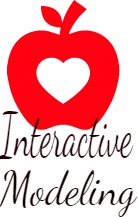





I love these ideas! I am not a teacher but I homeschool and a lot of these points I can use. THanks so much!
Oh good…I’m glad you could use these points. There is so much of Responsive Classroom that I use with my own children as well. Thanks for reading!
Christine at For The Love of Teachers
You share some great points here! The logical consequences make a lot of sense. I hadn’t heard of the buddy teacher idea though. I can see how that would be an effective way to remove a child from the situation.
Cheers, Sarah Camille // SCsScoop.com
Thanks Sarah! Logical consequences is so important for children, even my for own children. It makes a lot of sense. Buddy Teacher is useful when needed. Thanks for reading!
Christine at For The Love of Teachers
I will have to pass these ideas on to my teacher friends. I am sure they would love some new ways to control their classes.
Thanks Michele! Yes please do pass along to other teachers! Appreciate it!
Christine at For The Love of Teachers
Good post especially for those in Early childhood development. Lots of good tips.
Thanks Colleen! Appreciate you reading and commenting!
Christine at For The Love of Teachers
The “take a break” part is very important. I love the way you explain it beyond a traditional “time out” because of how it applies to when they are adults. Many times adults do need to step away, take a break, and reflect on their own behavior with others to find the reason why they may be reacting the way they are. Important life skills!
Thanks Kate for your thoughtful comment! I often model to my students how adults need to take a break. I often take a deep breath, remove myself, take a drink of water, and explain to my students that adults need to “take a break” too, for whatever reason. It’s important to show this to students. I wish more adults actually took a break and reflected upon their behavior. I agree that it is a life skill. Thanks so much for reading!
Christine at For The Love of Teachers